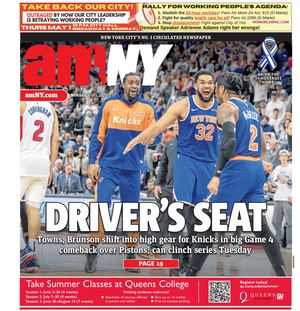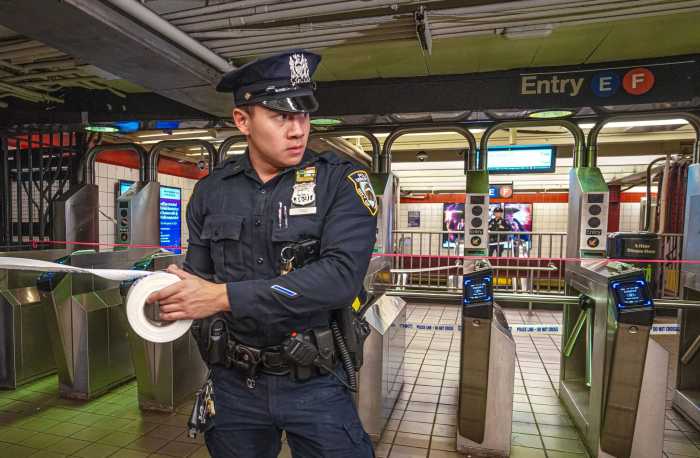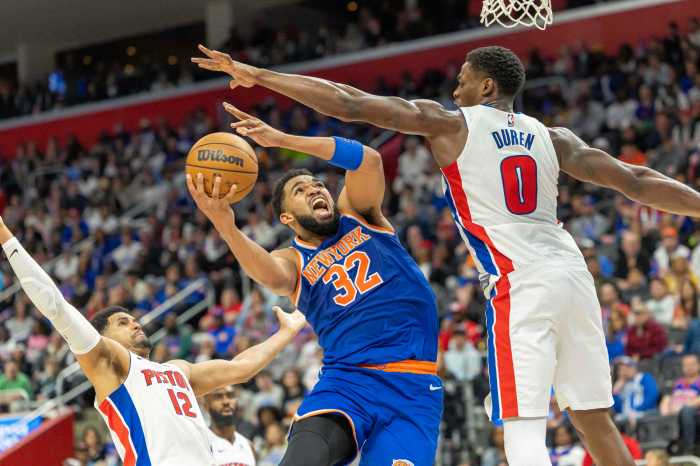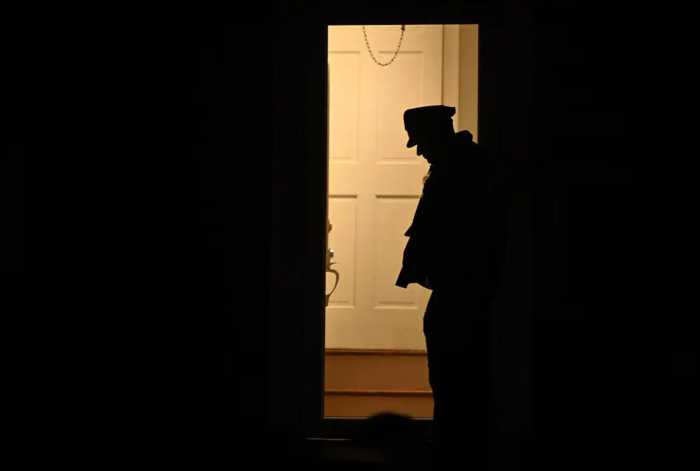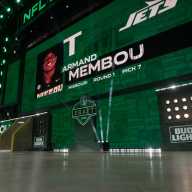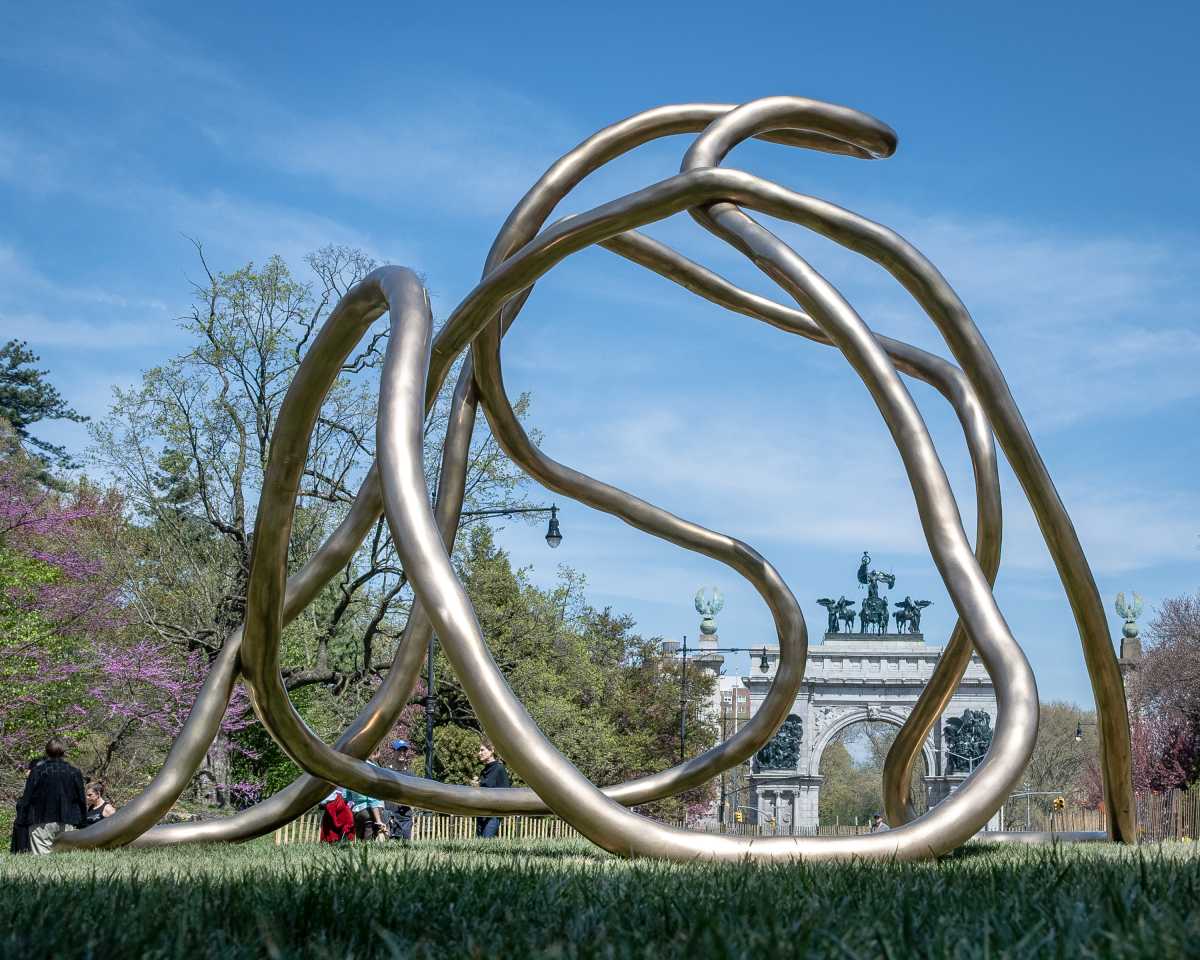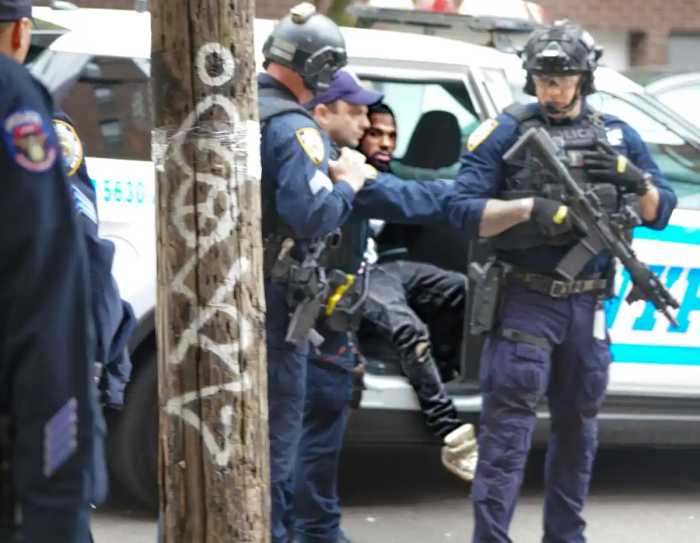Controversy over NFL players kneeling during the national anthem was thrust back into the spotlight just days before the league kicks off its next season after Nike announced on Monday it would feature former quarterback Colin Kaepernick in an upcoming ad campaign.
Protesters burned their Nike shoes, investors sold shares and some consumers demanded a boycott after the sports apparel and footwear company said Kaepernick, who started the kneeling protest in 2016, would be one of several faces for a campaign marking the 30th anniversary of its “Just Do It” slogan.
But the brand recognition that comes with the campaign may be just what the company wanted, and marketing experts have predicted it would ultimately succeed.
“This is right on the money for Nike. They stand for this irreverent, rebellious attitude. In this case, it’s reinforcing the brand,” said Erich Joachimsthaler, CEO of strategy consulting firm Vivaldi.
The ad refers to Kaepernick’s loss of NFL income with the quote: “Believe in something. Even if it means sacrificing everything.”
Under mounting pressure, NFL Commissioner Roger Goodell had announced in May that the league planned to fine teams whose players refuse to stand during the national anthem this season. The league’s new policy no longer requires players to be on the field during the anthem, allowing any players who wish to protest to remain in the locker room.
The players’ union, which said it was not consulted on the policy change, is negotiating with the league on the issue of protests.
Before the announcement in May, the league’s policy had been that players were encouraged to stand during the song, but they were not required to do so — a position that President Donald Trump had been extremely critical of.
The president has embraced the issue as a political cause, frequently criticizing players for taking a knee at games and questioning their patriotism. Critics have defended the peaceful protests as a fundamental American right to free speech.
Despite the recent media attention, the act of peaceful protest during the national anthem at NFL games has actually been going on since the 2016 season, when Kaepernick, then-quarterback for the San Francisco 49ers, remained seated during the song before the team’s first preseason game.
Learn more below about the origins of kneeling during the national anthem, the latest on Trump’s feud and more.
Kaepernick takes a knee against police brutality
Kaepernick started the 2016 preseason off by refusing to stand during the national anthem, but it wasn’t until the 49ers’ third preseason game on Aug. 26, 2016, that anyone took notice. Following the game, Kaepernick told NFL.com that he chose to remain seated during the song as a way to peacefully protest the shootings of unarmed black people and police brutality in the country.
“I am not going to stand up to show pride in a flag for a country that oppresses black people and people of color,” Kaepernick told NFL Media in an exclusive interview. “To me, this is bigger than football and it would be selfish on my part to look the other way. There are bodies in the street and people getting paid leave and getting away with murder.”
In a New York Times Op-Ed, 49ers safety Eric Reid said he also didn’t notice his teammate’s silent protest until that third preseason game against the Green Bay Packers, but once he realized what was going on he wanted to support Kaepernick and his message.
“I approached Colin the Saturday before our next game to discuss how I could get involved with the cause but also how we could make a more powerful and positive impact on the social justice movement. We spoke at length about many of the issues that face our community, including systemic oppression against people of color, police brutality and the criminal justice system,” Reid wrote in the Times Op-Ed. “We also discussed how we could use our platform, provided to us by being professional athletes in the NFL, to speak for those who are voiceless.”
On Sept. 1, 2016, during the 49ers’ next preseason game, Kaepernick and Reid knelt together during the song.
The pair, Reid said, had made the decision to switch to a kneeling position after speaking with former NFL player and retired Green Beret Nate Boyer.
“We chose to kneel because it’s a respectful gesture. I remember thinking our posture was like a flag flown at half-mast to mark a tragedy,” Reid wrote in the Times Op-Ed.
Backlash against Kaepernick
Following that first Aug. 26, 2016, game when people took notice of Kaepernick sitting, the 49ers and the NFL issued statements, both of which acknowledged that players had a choice on whether to participate in standing for the national anthem.
“Players are encouraged but not required to stand during the playing of the national anthem,” the NFL had said in a statement.
But the backlash from the court of public opinion was swift. Even as more players joined in kneeling during the national anthem and others spoke out in support of his message, Kaepernick was crowned the least liked player in the league in a survey by E-Poll Marketing Research released in September 2016, ESPN reported.
Reid had lamented in the Times that the protest touched off by Kaepernick was — and still is — misconstrued as disrespectful to the flag, military veterans and the country as a whole.
“It has always been my understanding that the brave men and women who fought and died for our country did so to ensure that we could live in a fair and free society, which includes the right to speak out in protest,” he wrote.
Kaepernick’s kneeling had further polarized a league that holds strong team allegiances. While those who disagreed with the protest burned the quarterback’s jersey and professed to boycott the NFL, others shouted words of encouragement from the sidelines and on social media.
Kaepernick ended the season by opting out of his contract with the 49ers. He remains unsigned by a team and has filed a grievance against the NFL, accusing the league’s 32 owners of collusion.
Kaepernick said his agent reached out to all 32 teams to make sure they were aware of his interest in playing in the 2017 season.
“Colin Kaepernick’s goal has always been, and remains, to simply be treated fairly by the league he performed at the highest level for and to return to the football playing field,” his attorney Mark Geragos said in a statement released in October 2017.
A request by the NFL to dismiss the grievance was rejected in late August. A trial hearing that requires testimony from NFL owners could happen at some point in the future.
Trump thrusts taking a knee into national spotlight again
While some NFL players continued to kneel during the NFL preseason in 2017, their actions had gone largely ignored by most media outlets that don’t already heavily cover sports — that is, until Trump spoke up.
The president’s feud with the NFL began on Sept. 22, 2017, during a political rally in Alabama, where he called any player who knelt during the national anthem a “son of a b—-” and suggested they should be fired.
Outraged by the president’s rhetoric, many NFL players took a knee during the singing of the national anthem at games the following Sunday, while others stayed in locker rooms or linked arms with their teammates in a show of solidarity.
Goodell said Trump’s comments revealed an “unfortunate lack of respect” for the league and its players. The NFLPA also rejected Trump’s comments, saying it would defend players’ rights to freedom of expression.
“This union will never back down when it comes to protecting the constitutional rights of our players as citizens,” tweeted DeMaurice Smith, executive director of the National Football League Players Association, referring to the First Amendment’s guarantee of the right to free speech.
In the ensuing weeks, Trump defended his initial statement, supported a boycott of the NFL and called on the league to outright ban kneeling during the national anthem — a demand that the league would later cow to.
Vice President Mike Pence also left a game early in Indianapolis when the visiting San Francisco 49ers knelt during the national anthem before facing the Colts on Oct. 8.
Following the Nike ad announcement, Trump told the The Daily Caller that the campaign “sends a terrible message,” and mentioned that Nike is a tenant of his building at 6 East 57th St. in Manhattan, though it was unclear what he meant by the statement. “They pay a lot of rent,” he added.
In a tweet on Wednesday, Trump said Nike was “getting absolutely killed with anger and boycotts,” but he did not offer any evidence to back up the statement. Representatives for Nike could not be immediately reached for comment on Trump’s tweet.
A country divided
In an NBC/WSJ poll released on Aug. 31, 54 percent of voters said they believe kneeling during the national anthem is inappropriate, while 43 percent felt it was appropriate.
As evidence of how polarizing the protest has become, some who were offended by Nike’s ad posted social media photos of Nike shoes they had set on fire or socks with the Nike swoosh cut out. Twitter user Sean Clancy posted a picture of a pair of Nike trainers on fire on Tuesday that was retweeted over 20,000 times.
At the same time, professional athletes including Serena Williams, LeBron James, Kevin Durant and Chris Paul have joined the chorus of fans who are in support of Nike and Kaepernick.
The NFL also praised Kaepernick: “The social justice issues that Colin and other professional athletes have raised deserve our attention and action,” Jocelyn Moore, the league’s executive vice president of communications and public affairs, said.
Trump’s initial comments back in September 2017 elicited similarly divisive responses from the public. Football fans outraged over the controversy posted videos of burned jerseys, game tickets and other memorabilia on social media under the hashtag #NFLBurnNotice.
Meanwhile, the hashtag #ImWithKap, in reference to Kaepernick, also gained traction on Twitter. Many supporters also posted photos of themselves or others taking a knee with the hashtag #takeaknee.
On Sept. 27, 2017, members of the City Council took a knee on the steps of City Hall to show their support for the NFL and the movement Kaepernick sparked.
“We decided it was time to show again that one, we believe in free speech and two, that protesting is the most American thing one can do; it is in fact the only thing that ever propelled this country to move forward,” said Councilman Jumaane D. Williams (D-Brooklyn) of the group’s message to Trump.
Trump’s comments a distraction?
When Trump first began tweeting about the protest, many argued that the controversy was taking away from political discourse on myriad topics at the time, including a new travel ban, health care and tax reform, and the devastation in Puerto Rico in the aftermath of Hurricane Maria.
Caught off guard by the severity of Hurricane Maria’s damage, Trump did not focus on the storm for days. He came under fire after he tweeted more than a dozen times about the NFL while only posting a series of three connected tweets about Puerto Rico in the same amount of time.
“Texas & Florida are doing great but Puerto Rico, which was already suffering from broken infrastructure & massive debt, is in deep trouble…It’s old electrical grid, which was in terrible shape, was devastated. Much of the Island was destroyed, with billions of dollars…” Trump tweeted on Sept. 25. “…owed to Wall Street and the banks which, sadly, must be dealt with. Food, water and medical are top priorities — and doing well. #FEMA”
Trump insisted to reporters on Sept. 26 that he was not preoccupied with the NFL controversy and that he could multitask. He visited Puerto Rico the following week.
But with the territory’s 3.4 million people struggling to get food, water, power and shelter, Democratic leaders in Congress and some Puerto Rico residents, who are U.S. citizens, accused the Trump administration of being more sluggish in its response than to disasters on the U.S. mainland.
With Reuters
